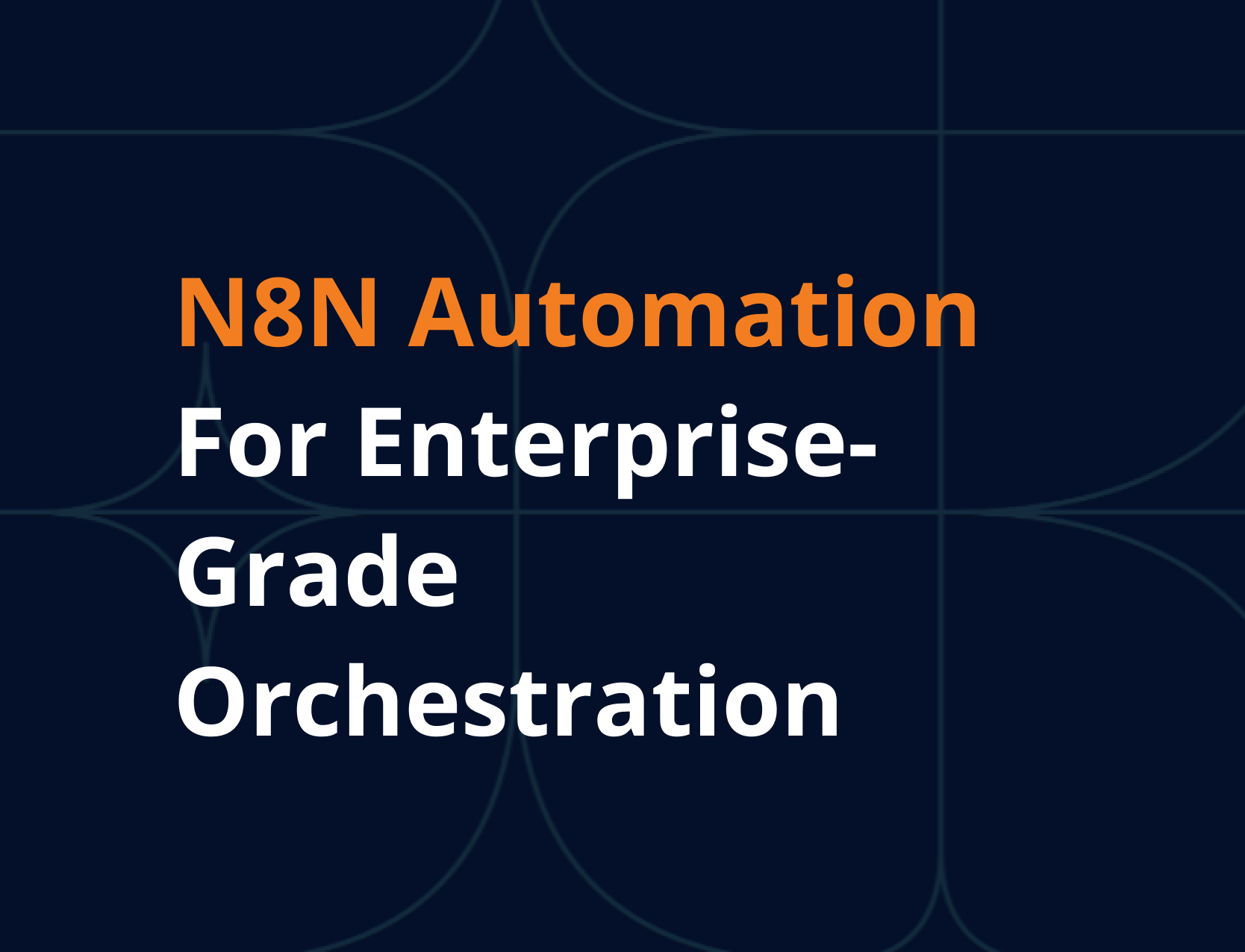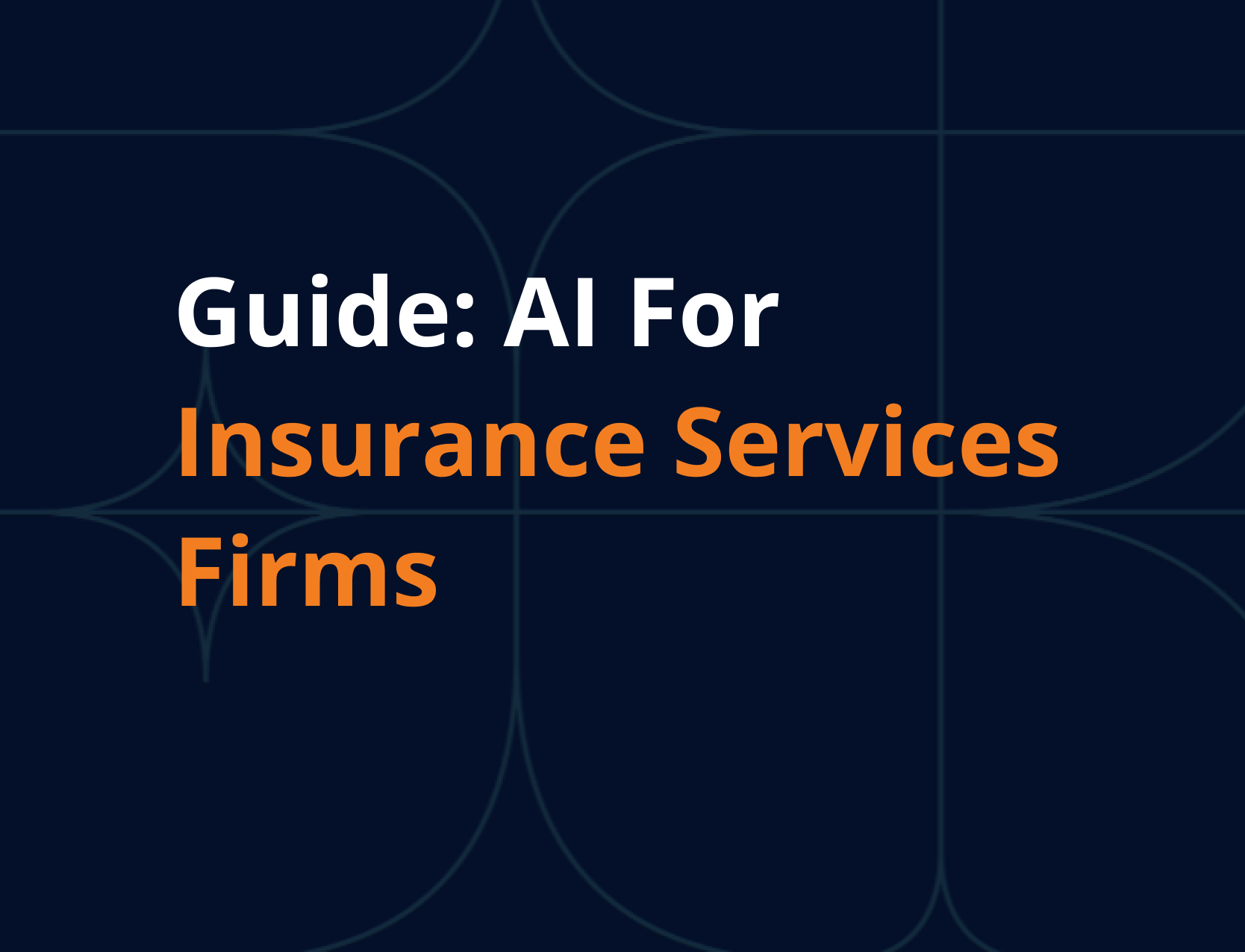With the present-day competitive environment, C-level leaders and HR strategists are under great pressure to ensure strategic contribution while facing talent gaps, rising operational expenses, and changing workforce expectations at a breakneck pace. Conventional staffing procedures overwhelm teams with time-consuming tasks that sap resources and time, degrading candidate and client experiences. As a total AI ally, your mission is to leverage AI for HR & staffing solutions—augmenting human knowledge, generating quantifiable ROI, and making your company an industry leader.
With intelligent automation infused into your processes, you are able to achieve dramatic efficiency savings—cutting administrative workloads by as much as 50% and cutting time-to-fill by almost one third. The outcome is a shift away from reactive staffing cycles into data-driven, strategic workforce planning that engrosses and delights both candidates and clients. What follows is an in-depth discovery of how to implement AI for HR & staffing services for key functions with real-world metrics, empathy-informed insights, and a clear road map to guide your transformation path.
The Burden of Contemporary HR Leadership
HR leaders are guardians of your company’s most valuable asset—people. However, balancing strategic imperatives against the never-ending list of administrative tasks means there is always tension between leadership from a human perspective and efficient operations. Studies indicate that HR leaders spend as much as 50% of their time on manual tasks instead of on strategic initiatives. Not only does this stifle innovation, but it also drives costs up and erodes engagement—both for employees and customers.
Your challenge is twofold:
First, in order to liberate HR teams from mundane tasks so they can work on high-value tasks like culture creation and strategic workforce planning. Second, to provide frictionless experiences for candidates and clients, solidifying your reputation as an employer and choice partner. The next sections show how AI for HR & staffing services does both by scaling—not automating—your people.
The Hidden Cost of Manual HR Operations
Measuring inefficiencies uncovers appalling unseen expenses that go beyond time wastage:
- Administrative Burden: HR groups devote almost half of their bandwidth to tedious activities—data entry, applicant vetting, report creation—resulting in 30-50% inefficiency in day-to-day operations.
- Lengthy Recruitment Cycles: Reactive processes and disjointed workflows increase time-to-fill, which results in companies losing an average of $500 per day in productivity per vacant position.
- Candidate Frustration: Slow response and lack of transparency result in 33% of best-fit candidates to drop out of recruitment pipelines, degrading future talent relationships.
- Client Value Erosion: Poor reporting and delayed responsiveness drive client churn and enrage stakeholders.
These costs add up across mid-size companies in the U.S., where market pressure requires timely, precise staffing decisions. To move away from reactive firefighting and toward proactive planning, leaders need to use AI for HR & staffing services to automate mundane work—freeing up strategic bandwidth and trackable ROI.
See your current HR efficiency with our ROI calculator.
The Talent Acquisition Crisis: Beyond the Numbers
The war for talent has ratcheted up dramatically:
- 56% of the recruitment agencies cite talent shortages as the greatest problem facing them.
- 87% of businesses expect Skills Gaps in high-priority jobs by 2025, jeopardizing growth plans.
- 85% of Gen Z job applicants characterize HR procedures as antiquated, which hurts employer brand image and long-term involvement.
These numbers conceal individual tales: a department lacking in know-how, a prime candidate falling between the cracks of the pipeline, or a customer losing trust through slow onboarding. To C-level leaders, the consequences are sobering: without new AI for HR & staffing services, innovation grinds to a halt, and rivals gain ground.
AI as Your Strategic Workforce Amplifier
Redirecting AI from a job displacement threat to a multiplier of human potential is necessary for buy-in by executives. AI in HR & staffing services excels at tasks characterized by high volume and repetitive rules, allowing HR professionals to focus on human-to-human interaction—empathy, relationship building, culture shaping.
Three pillars of AI-driven HR transformation:
- Automation – Automate screening, scheduling, and reporting to remove manual bottlenecks.
- Augmentation – Provide recruiters with AI-powered insights to enhance decision-making and bias minimization.
- Analytics – Use predictive algorithms to anticipate demand, detect attrition risk, and improve resource allocation.
Enterprises drive adoption: Microsoft 365 Copilot and Google Workspace Gemini enable smart AI for HR & staffing services processes for hundreds of thousands of employees globally.
Core Transformation Areas: Where AI Makes Impact
Intelligent Talent Acquisition
Automated Screening & Matching: AI scans resumes and job descriptions to bring forward top talent, saving 60% in time-to-screen.
Predictive Success Modeling: Machine learning predicts candidate performance and cultural alignment with accuracy up to 87%.
Diversity & Inclusion: Bias-management capabilities lead to more balanced candidate shortlists, increasing diversity hires by 25%.
Resource Optimization & Billable Hours Maximization
- Capacity Planning: AI forecasts project demand and distributes internal and external resources, enhancing utilization by 20%.
- Billable Hours Forecasting: Automated tracking dashboards identify underutilized capacity, fueling revenue growth.
- Efficiency Gains: Firms realize 30-50% administrative cost savings following AI implementations.
Calculate your potential efficiency gains: ROI Calculator
Client Relationship Enhancement
- Data-Driven Insights: AI examines placement trends and performance metrics to show value proactively.
- Predictive Retention Modeling: Flag client accounts at risk and apply targeted interventions, lowering churn by 15%.
- Automated Reporting: Real-time dashboards alert stakeholders, increasing transparency and satisfaction.
Success Stories: Microsoft & Google Leading the Way
Microsoft’s Internal HR Revolution
Microsoft’s Human Resources team used Copilot to revolutionize AI for HR & staffing services functions for 190,000+ workers in 109 countries:
- 27% decrease in HR inquiry case volume using AskHR virtual agent.
- 82% accelerated production of headcount and recruiting reports, enabling analysts to focus on strategic work.
- 49% increase in candidate response rates through Copilot-driven personalization.
- 26% faster initial response times to employee questions, increasing satisfaction and engagement.
Google’s People Analytics Innovation
Google leveraged its People Analytics platform, driven by AI for HR & staffing solutions:
- Algorithmic predictions of retention enabled data-driven interventions, enhancing employee satisfaction by 15%.
- Project Oxygen used data analysis to identify best leadership behaviors, informing development programs.
- Bias-eradicating algorithms increased diversity hiring, lifting representation of underrepresented groups by 20%.
Implementation Roadmap: From Vision to Results
Phase 1: Assessment & Foundation
- Perform process audits to determine high-impact opportunities for automation.
- Implement data governance and integration readiness for AI for HR & staffing services.
Phase 2: Pilot Programs & Quick Wins
- Deploy AI screening bots for a single or double critical role.
- Roll out Copilot/Gemini assistants for HR queries and reporting.
Phase 3: Scale & Optimization
- Scale AI for HR & staffing services to resource planning and client relationship management.
- Ongoingly update models with user input and performance metrics.
During these stages, put a focus on change management to develop human-AI collaboration and align stakeholders.
Project your future-state ROI with Billable hours optimization with the help of AI Automation ROI calculator.
Measuring Success: The ROI of AI-Powered Staffing
Monitor the right measurements proves the business value of AI for HR & staffing services:
- 30-50% cost savings in HR administrative tasks through automated processes.
- 85% of employers say they have achieved improved efficiency and time savings.
- Time-to-hire reductions by as much as 33%, resulting in quicker project ramp-ups.
- Candidate satisfaction enhancements, increasing offer acceptance rates by 18%.
These measurable results not only vindicate AI investments but also amplify executive confidence in digital transformation programs.
Future-Ready HR: Creating Sustainable Competitive Advantage
AI for HR & staffing services is not a project but an ongoing journey to predictive, proactive HR processes. By integrating AI into your staffing processes, you:
- Transition from reactive hiring to strategic workforce planning
- Build organizational resilience with real-time intelligence
- Develop a continuous learning and innovation culture
This future-proofs you to stay nimble amid changing market needs and expectations from your workforce.
Your Transformation Begins Now
Initiating AI for HR & staffing services transformation involves strategic collaboration, the optimal technology, and a people-first approach. Together, we can reimagine your HR operations—enabling your teams to concentrate on strategic efforts, engaging candidates and clients, and delivering sustainable growth.
Get started: Evaluate your existing HR effectiveness using our ROI calculator.
Learn how DataSlush can enable your professional services with end-to-end AI solutions.
References:
- https://www.selectsoftwarereviews.com/blog/recruiting-statistics
- https://www.mckinsey.com/capabilities/people-and-organizational-performance/our-insights/five-fifty-the-skillful-corporation
- https://www.hrreporter.com/focus-areas/recruitment-and-staffing/poor-hiring-process-turns-3-in-4-gen-z-applicants-away/370262
- https://hrreview.co.uk/hr-news/poor-hiring-processes-cause-75-of-gen-z-to-abandon-job-applications/146354
- https://news.microsoft.com/wp-content/uploads/prod/sites/658/2024/05/How-Microsoft-is-reinventing-HR-with-Microsoft-Copilot.pdf



